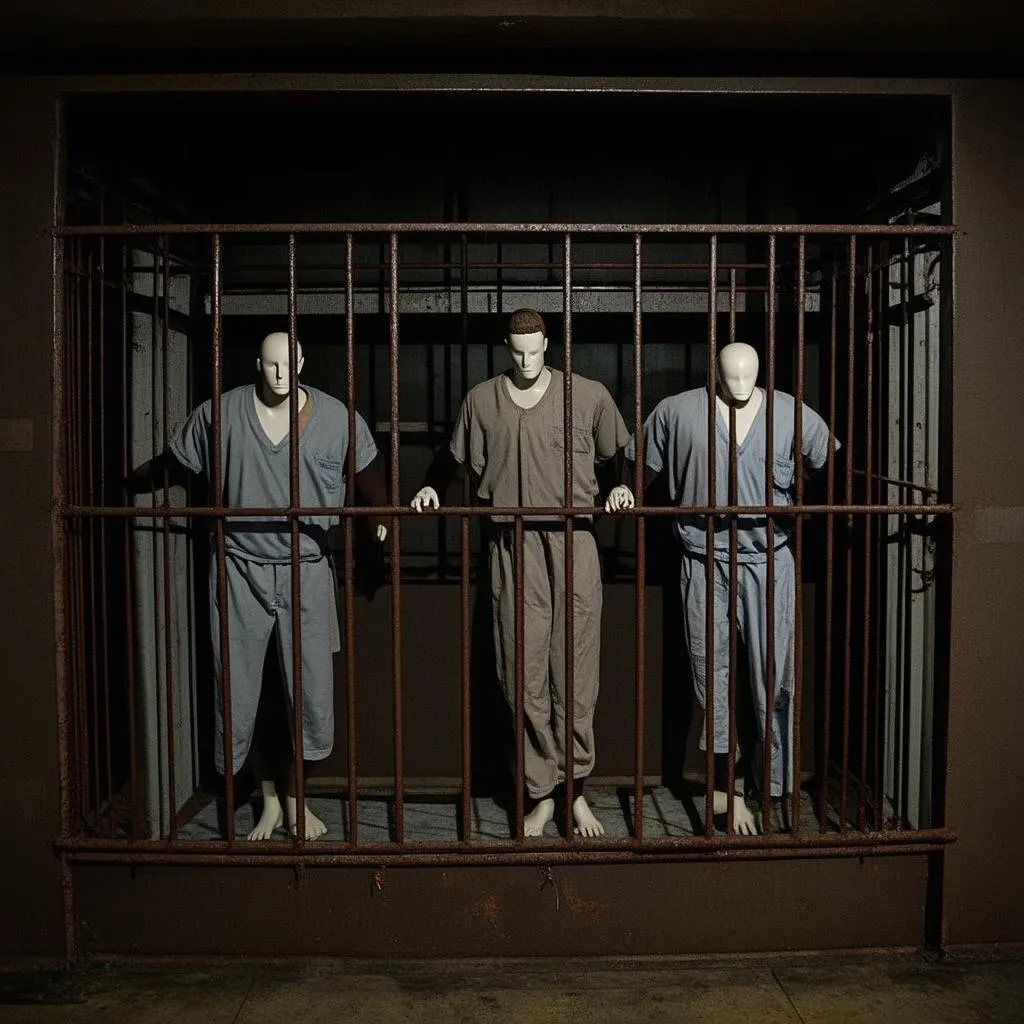Have you ever wondered what lies beneath the surface of paradise? While Phu Quoc is renowned for its pristine beaches and luxurious resorts, a trip to this island wouldn’t be complete without delving into its poignant past. A visit to Phu Quoc Prison, also known as Coconut Tree Prison, offers a glimpse into a darker chapter of Vietnamese history and is an experience that will stay with you long after you’ve left.
A Historical Landmark
Phu Quoc Prison, established by French colonists in the early 20th century, served as a detention center for Vietnamese revolutionaries and political prisoners during the Indochina War and Vietnam War. It later gained notoriety as a “tiger cage” prison, infamous for its brutal treatment of prisoners of war.
What to Expect on Your Phu Quoc Prison Tour
Walking through the prison gates is like stepping back in time. The eerie silence hangs heavy in the air as you navigate the complex, consisting of various buildings, watchtowers, and courtyards. You’ll see:
- Reconstructed cells and “tiger cages”: Experience the cramped and inhumane conditions endured by prisoners.
- Original artifacts and photographs: Gain a deeper understanding of the prison’s history and the prisoners’ struggles.
- Exhibits detailing torture methods: Though harrowing, these exhibits provide important context and pay tribute to the prisoners’ resilience.
 Prison cell with mannequins
Prison cell with mannequins
Planning Your Visit
Location: Located in An Thoi Town, about 20 km south of Duong Dong Town (the main town in Phu Quoc), the prison is easily accessible by taxi or motorbike.
Opening Hours: Open daily from 7:30 am to 11:30 am and 1:30 pm to 5:00 pm.
Entrance Fee: The entrance fee is VND 40,000 (approximately USD 2) per person.
Guided Tours: While not mandatory, hiring a guide can enrich your experience by providing in-depth information and personal anecdotes.
Tips for a Meaningful Visit
- Allow ample time: A thorough exploration of the prison complex takes approximately 2-3 hours.
- Dress respectfully: As this is a historical site and a place of remembrance, modest clothing is recommended.
- Be prepared for an emotionally charged experience: The exhibits can be disturbing, so be mindful of your own sensitivity.
Beyond the Prison Walls: Exploring An Thoi Town
While in An Thoi, take the opportunity to discover the charming town itself. Visit the bustling fishing harbor, savor fresh seafood at local restaurants, or venture to the nearby Sao Beach, known for its powdery white sand and crystal-clear waters.
 Vibrant fishing harbor with colorful boats
Vibrant fishing harbor with colorful boats
FAQs about Visiting Phu Quoc Prison
Is it suitable for children?
While the prison offers valuable historical insights, the graphic content might be distressing for young children. Parental discretion is advised.
Are there any photography restrictions?
Photography is allowed within the prison complex. However, it’s important to be respectful and avoid taking photos of sensitive exhibits.
Phu Quoc Prison: A Reminder of Resilience and Hope
“Traveling to historical sites like Phu Quoc Prison allows us to confront difficult truths and honor the sacrifices made by those who came before us,” says Dr. Nguyen Van Minh, a historian specializing in Vietnamese history.
Though somber, a visit to Phu Quoc Prison is ultimately a reminder of the resilience of the human spirit. It serves as a testament to the strength and determination of those who endured unimaginable hardship and fought for a brighter future.
For more travel inspiration and tips on exploring Phu Quoc and other destinations in Vietnam, visit TRAVELCAR.edu.vn. What other historical landmarks have resonated with you during your travels? Share your experiences in the comments below!
